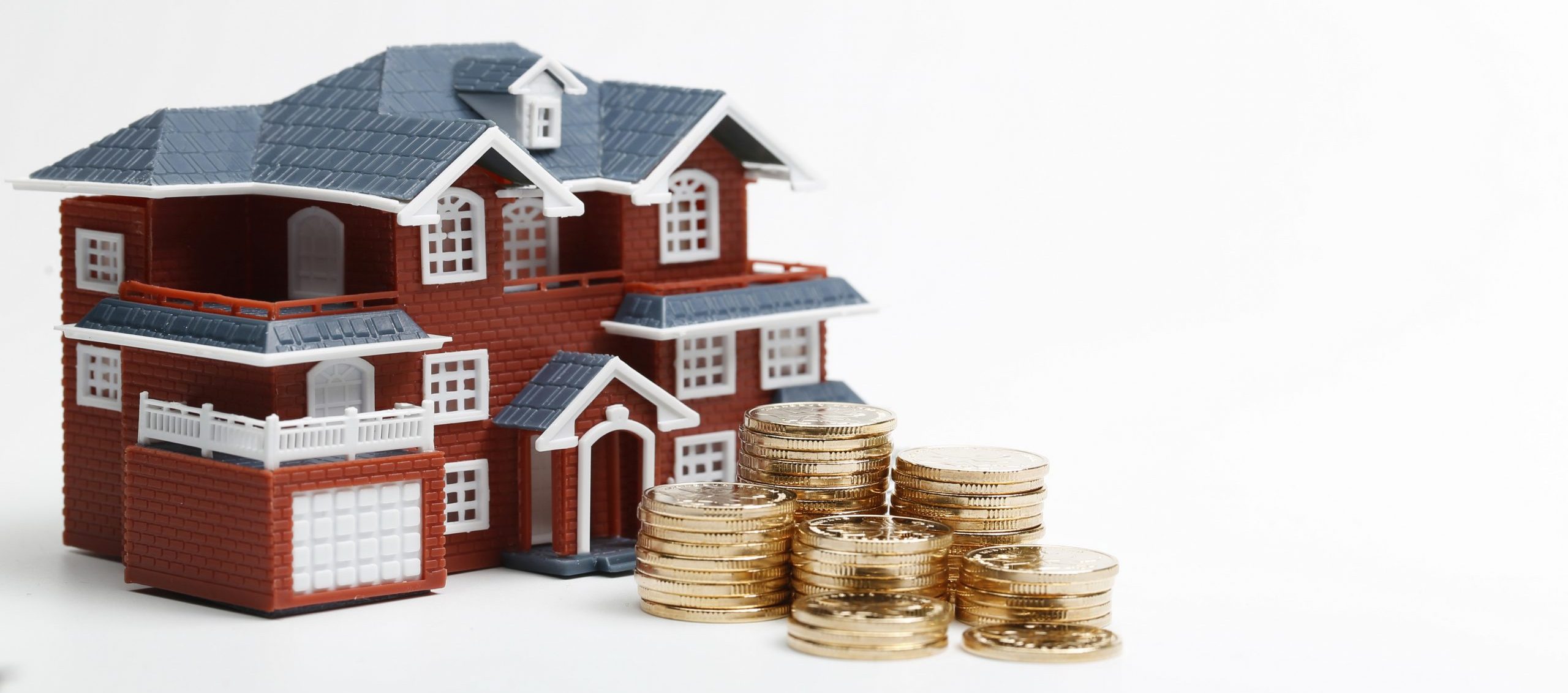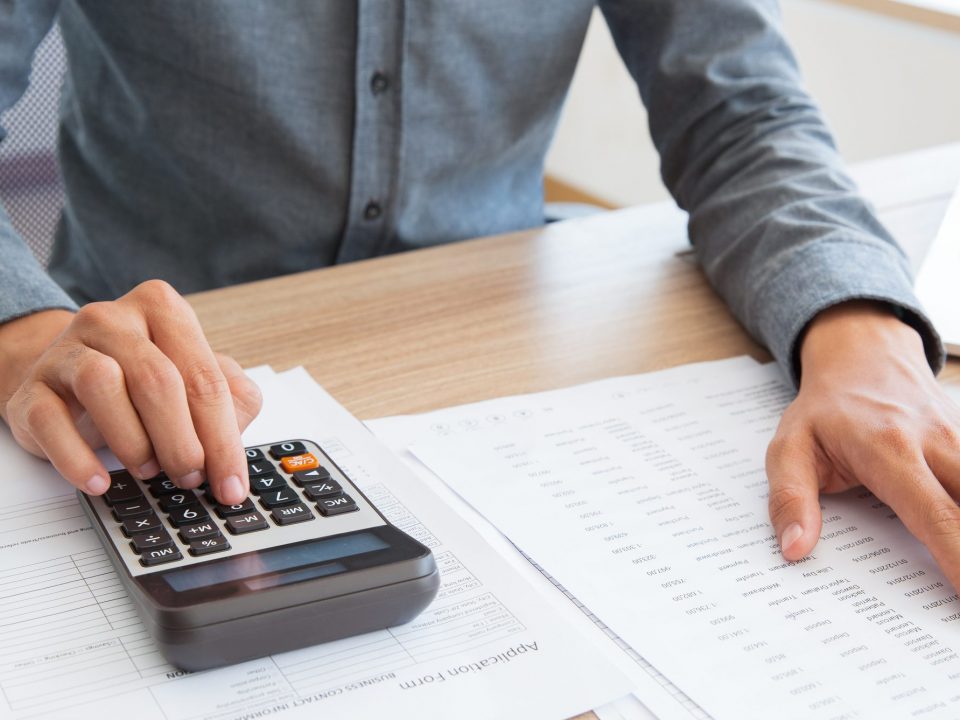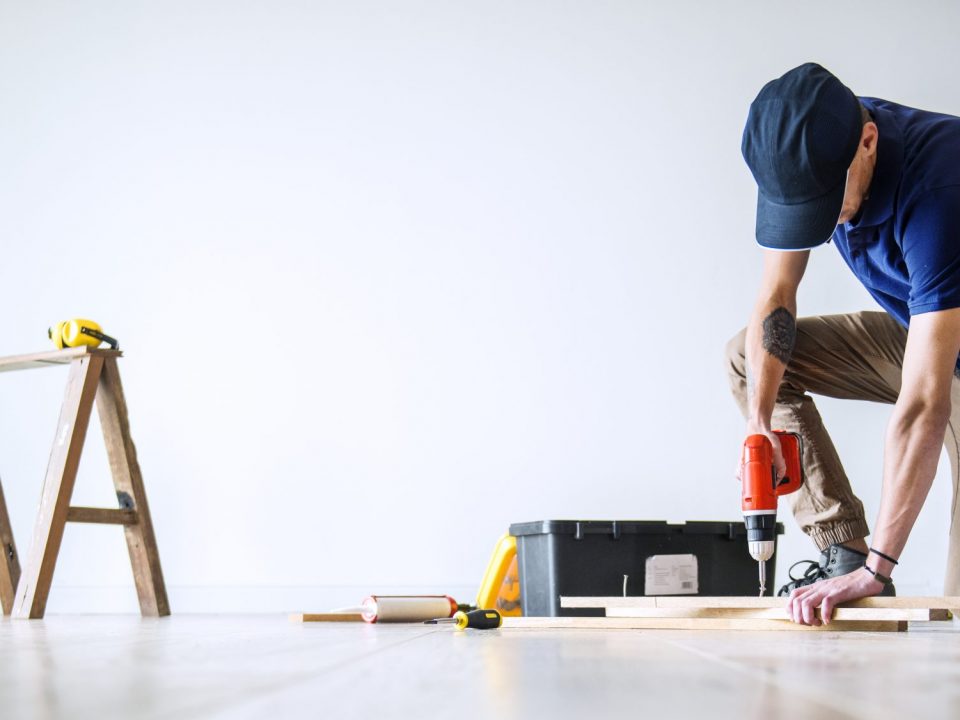Down Payment

Bridge Loan
December 6, 2021
Factors Influencing the Value of Your Property
December 6, 2021Your down payment plays an important role when you are buying a home. A down payment is a percentage of your home’s purchase price that you pay up front when you close your home loan. Lenders often look at the down payment amount as your investment in the home. Not only will it affect how much you will need to borrow, it can also influence your interest rate. Because your down payment represents your investment in the home, your lender will often offer you a lower rate if you can make a higher down payment.
What is a Down Payment?
Your down payment is the sum of cash you commit upfront toward your loan. A down payment is required on nearly all mortgages, and while standard best practices recommend putting 20% of your home’s sale price down, some mortgage lenders allow much lower payments.
Your down payment will affect your loan-to-value ratio, which in turn could affect your interest rate. A larger down payment also means a smaller loan principal, which will help you save on interest in the long run. Because of this, it is best to carefully consider how much to put down. You should aim for 20% down payment if you can afford it.
Why is a Down Payment Necessary?
Your down payment represents your initial stake in a new home. Most mortgage lenders require you to start off with a down payment. Your down payment also represents proof of your commitment; it also provides some security to your lender. A solid down payment may signify you are less likely to default on payments and that you have the financial means and discipline to save a large amount.
Large Down Payment
A larger down payment means the actual loan required from the lender will be smaller and therefore monthly payments will be smaller too. Moreover, a more substantial down payment upfront can help you qualify for a lower mortgage rate, because you will present less risk to the lender.
Even when you are not required to put down 20%, it is still the amount you should aim for because the benefits are so great. A lower interest rate, lower monthly payments, and more up-front equity in your home can start you off on the right path as you begin your home-owning journey.

Advantages of a Down Payment
Below are some of the advantages of providing a down payment when buying a house:
Lower monthly payments
Paying a high down payment will lower the amount of the mortgage that needs to be taken from the bank. It results in a lower monthly installment on the loan.
More equity in the home
A down payment of 20% would mean that the buyer owns 20% of the property, and the lending institution owns the remaining 80%. For example let’s say that after five years, a $100,000 home is now worth $200,000, and the buyer made a down payment of 10% ($10,000). When selling the home, the owner will need to pay back the loan of $90,000, along with interest, and will keep $110,000 as their equity amount.
Disadvantages of a Down Payment
Below are some of the disadvantages of making a down payment:
Less money for other costs
Paying a higher down payment means that less money will be available for other expenses, such as moving costs, renovations, or closing costs.
More time to save money
Paying a down payment results in the depletion of savings, this will take some time to save once again.
Money tied up in equity
A down payment results in the buyer owning part of the property, which leads to profits in the future when property prices go up. However, real estate prices go up gradually, which takes a lot of time. Hence, money that could be invested in other financial products is tied up for a very long time.
Conclusion
The optimum down payment amount will depend on your goals and financial situation. A larger down payment will mean a lower monthly mortgage bill, but putting down too much could leave you strapped for cash after you move in. To help you determine the right down payment amount use a mortgage calculator to see how the down payment amount affects the monthly mortgage amount. Set a budget, and make sure you leave enough cash in hand for home maintenance and emergencies. Avoid using all your savings for a down payment. You will need cash after you buy a home for other expenses, such as moving costs, renovations, or closing costs.
About the Author
Abdul Moqeet
Assistant Manager, Real EstateTreadstone Associates
1 (844) 900 1070



